The Urgency of Opportunity:Russia's War on World Resources
Sharon Burke and Lauren Risi
Beyond the immediate devastation wrought by the war in Ukraine, Russia's actions are also undermining the global economy, already strained by COVID-19, with widespread consequences for geopolitical stability. This is especially profound when it comes to natural resources, creating three concentric rings of global impact that could be as consequential for global peace and prosperity as the devastation of Ukraine is for its people.
The first ring involves the countries directly involved in the war: Russia and Ukraine. There are the horrors happening inside Ukraine, but also those inside Russia. Global sanctions on Russia's economy and individuals, the deaths of Russian fighters, the repression of civil society, and the diversion of resources to the war all directly undermine Russian prosperity and stability. Neighboring countries are also directly affected, as they absorb millions of refugees, divert resources to support Ukraine, and contend with credible Russian threats of military attacks.
Countries with strategic or trade relations with Ukraine and Russia are in the second impact ring, since both countries are top global exporters of energy, nonfuel minerals, and food. Some countries rely disproportionately on Ukraine and Russia, which is especially dangerous when it comes to staple crops, such as wheat. For these countries, sharp price escalations for energy, fertilizer, and crops are already causing hardships.
The third ring extends to global systems and supply chains. Supply and demand patterns are set and reset on a global basis, as are prices. Russian or Ukrainian dominance in commodities, such as platinum or titanium, may directly affect all global availability as trade is disrupted and consumer countries compete for the same alternate supplies, or if there is a shortfall in supply.
In this interactive feature, we examine the cascading effects of the war across natural resource supply chains with a focus on food, energy, and minerals.
At the Center:
The Combatants and Their Neighbors
While it's difficult to know how much natural resources motivated Russia's incursion into Ukraine, the eastern and southern parts of Ukraine are certainly resource rich. Russia has pillaged and plundered resources to cripple Ukraine and to replenish its own coffers. This is causing a humanitarian crisis within Ukraine, particularly with food shortages, but is also destroying the country's economy.
In Ukraine, where 20 to 22 percent of the GDP is reliant on the agricultural sector, Russia's deliberate targeting of fields and agricultural infrastructure is especially devastating. As of April 2022, damage to infrastructure was estimated to cost in the range of $68 to 199 billion. The Ukrainian economy is expected to shrink by 40 percent this year and Russia's agriculture minister has warned that half the country's harvest could be lost. Unable to sell or export last year's crop, farmers are strapped for cash going into the next growing season. Russia is deliberately targeting Ukraine's food supply and reportedly profiting through sales of stolen Ukrainian wheat to African countries, where food insecurity is being exacerbated by an ongoing drought. Ukraine has accused Russia of stealing 500,000 tons of wheat since the war began.
In addition to its agriculture, Ukraine has significant mineral wealth, including Europe's largest uranium deposit and 20 percent of the world's titanium—a critical resource for aerospace and defense. The Donbas region—where Russia has focused much of its efforts—has one of the world's largest lithium oxide reserves. The region also has rare earth elements, though those are largely unexploited. Investments in Ukraine's mining sector before the conflict were expected to be roughly $10 billion across 24 projects. Although Ukraine also produces oil, gas, and coal in the eastern parts of the Donbas region, those supplies were mainly used domestically.
The war is also affecting Russia's economy. Thirty-eight American, European, and Asian governments have sanctioned Russia in the wake of the February 24 invasion, adding to sanctions already in place after the 2014 annexation of Crimea. While these measures generally exempt natural resources, broad restrictions on Russia's ability to access international banking and financing are affecting trade writ large, including in key areas such as fertilizers. Russian industries and consumers are seeing shortages from airplane parts to household goods. Russia has also unilaterally cut off some energy exports to Poland, Bulgaria, and Finland, and has claimed to be curtailing grain exports to some markets. Any shortfall in income from these exports may be compensated by sharply rising commodity prices, a catch-22 of sanctions.
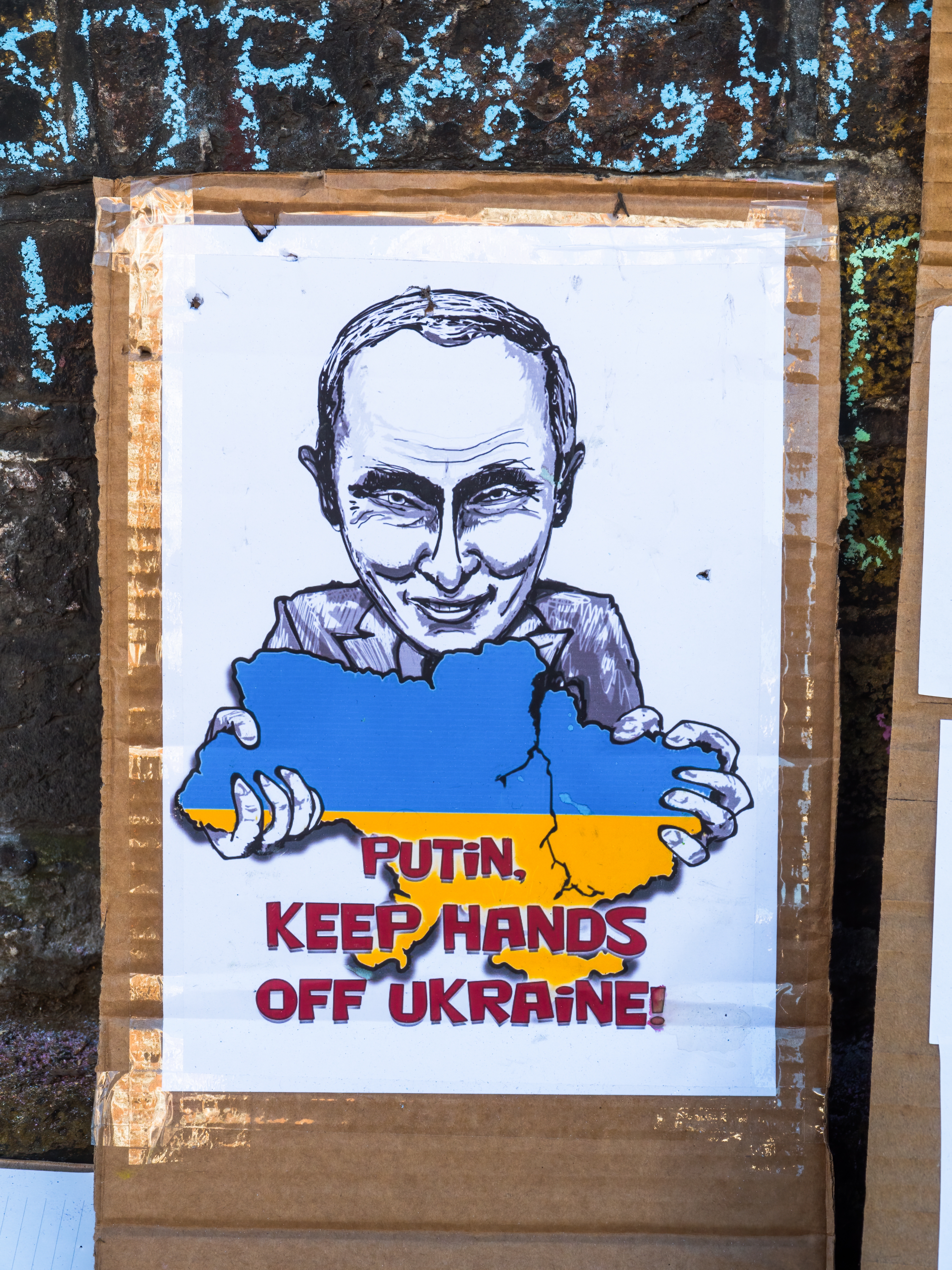
Neighboring countries are also experiencing the strain of war. According to UN Office of the High Commissioner for Refugees, or UNHCR, there have been more than 8 million border crossings out of Ukraine since the start of the war (and 2.8 million crossings into Ukraine). A total of 3.5 million Ukrainians have registered for temporary protection in Europe. Poland has absorbed nearly 1.2 million refugees and has been a key transit point for millions more. With nearly 86,000 refugees, Moldova is hosting the largest number of refugees relative to its population. Nearly 800,000 Ukrainian refugees have arrived in Germany and more than 100,000 each in Italy and Spain. Neighboring Romania and Slovakia have each taken in around 80,000 refugees, and provided additional key transit points.
Ukrainian refugees have been notably welcomed, and the EU has granted Ukrainians the right to stay and work in its 27 member nations for up to three years. But the pressures on receiving communities are real and the toll is mounting as governments and international organizations struggle to provide food and critical services like medical care, housing, and education. According to UNHCR, displaced Ukrainians are part of a refugee population of almost 90 million worldwide, with international organizations already under considerable strain.
Russia and Ukraine's neighbors are experiencing other pressures as Putin and his proxies have threatened to retaliate against most of Russia's neighbors for their support of Ukraine, including Lithuania, Poland, Moldova, Bulgaria, Romania, Finland, Sweden, Estonia, and Japan, including with nuclear war. Most recently, President Putin vowed to deploy a new nuclear-capable missile he said could reach the United Kingdom in 3 minutes. Given Russia's past behavior in Georgia, Estonia, the United Kingdom, Syria, and Ukraine itself, there is reason to believe Putin is prepared to carry out his threats, creating a climate of instability and fear.
The Impact on Trade Partners
The effects of the conflict are cascading across global supply chains. Disruptions to supplies of wheat and grains, cooking oil, and fertilizer are driving up prices and restricting food access to countries that are most in need. Further compounding global food systems disruptions is Russia's outsized role in global energy production. Russia ranks in the top three countries for natural gas and oil production, and coal and petroleum product exports, and is the world's largest natural gas exporter. Disruptions mean higher energy and fertilizer prices.
Before the war, Russia provided over 40 percent of the EU's natural gas imports, more than 25 percent of its oil, and over 45 percent of its coal. While several EU countries are taking steps to accelerate their transition to renewable energy in response, and the EU plans to reduce its Russian reliance and increase investment in renewables, its continued need for Russia for energy has helped finance the country's ongoing military incursion. The EU has purchased $37 billion worth of Russian oil since the start of the war. On May 30, the EU's 27 member countries reached an agreement to phase out reliance on Russian oil. While some oil will be allowable by pipeline, countries like Germany and Poland plan to end all Russian oil imports by the end of the year.
Together, Russia and Ukraine account for 27 percent of global wheat exports. Russia and Belarus—which has aligned itself with Russia in the conflict—are major exporters of fertilizer, accounting for 19 percent of global fertilizer exports (34 percent of potash-reliant potassic fertilizers). Russia is also a large producer—and one of the most important exporters—of key fertilizer ingredients, such as potash. Many parts of the world—including South and Central America, Europe, and the food-stressed region of Sub-Saharan Africa—are dependent on Russia and Belarus for fertilizer and fertilizer ingredient imports. For a country like Peru, which relied on Russia for 42 percent of its fertilizer imports in 2020, sanctions on Russian exports and skyrocketing prices are driving a looming hunger crisis. Other countries, such as Brazil and Nigeria—also heavily dependent on Russian fertilizer exports—continue to purchase fertilizer from Russia but are logistically hampered by the effects that sanctions are having on overall supply.
Rising prices and reduced supply have implications for global hunger, and the effects will be felt everywhere. Poorer countries are experiencing immediate and devastating effects. For high-GDP countries—including the United States, Canada, and the United Kingdom—less than 10 percent of consumer spending goes to food. For low-GDP countries—including Nigeria, India, Pakistan, and Indonesia—the difference is dramatic, ranging from 30 percent of spending on food in India to almost 60 percent in Nigeria. For countries where people devote such a large percentage of their income to food, the surging food prices can be deadly.
The numbers of people facing acute food insecurity had already risen dramatically worldwide before the conflict: from 80 million in 2017, to 135 million before the pandemic, to 276 million before the war, to 323 million today.
Many low- and middle-income countries in the Middle East, South Asia, and North Africa rely heavily on Russian and Ukrainian wheat, corn, and vegetable oil. Top importers of wheat from Russia and Ukraine—like Egypt, Turkey, Indonesia, and Bangladesh—felt the effects of export disruptions early in the conflict, with some responding with their own export restrictions. Egypt implemented a ban on the export of homegrown grain in March and Indonesia halted exports of palm oil for three weeks before imposing a Domestic Market Obligation to ensure that a minimum amount of cooking oil remains at home. India also announced a ban on grain exports, which are under stress from severe weather.
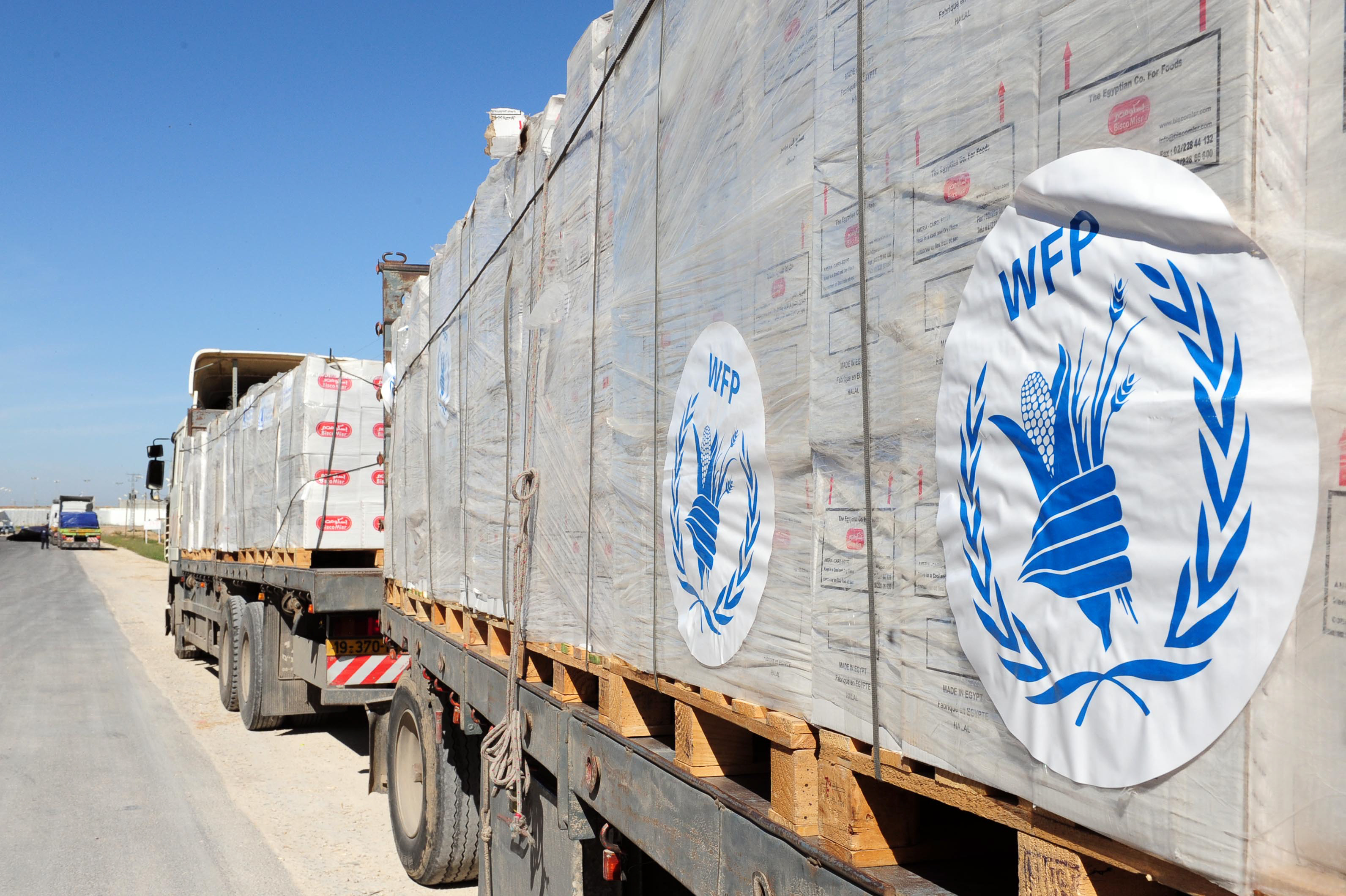
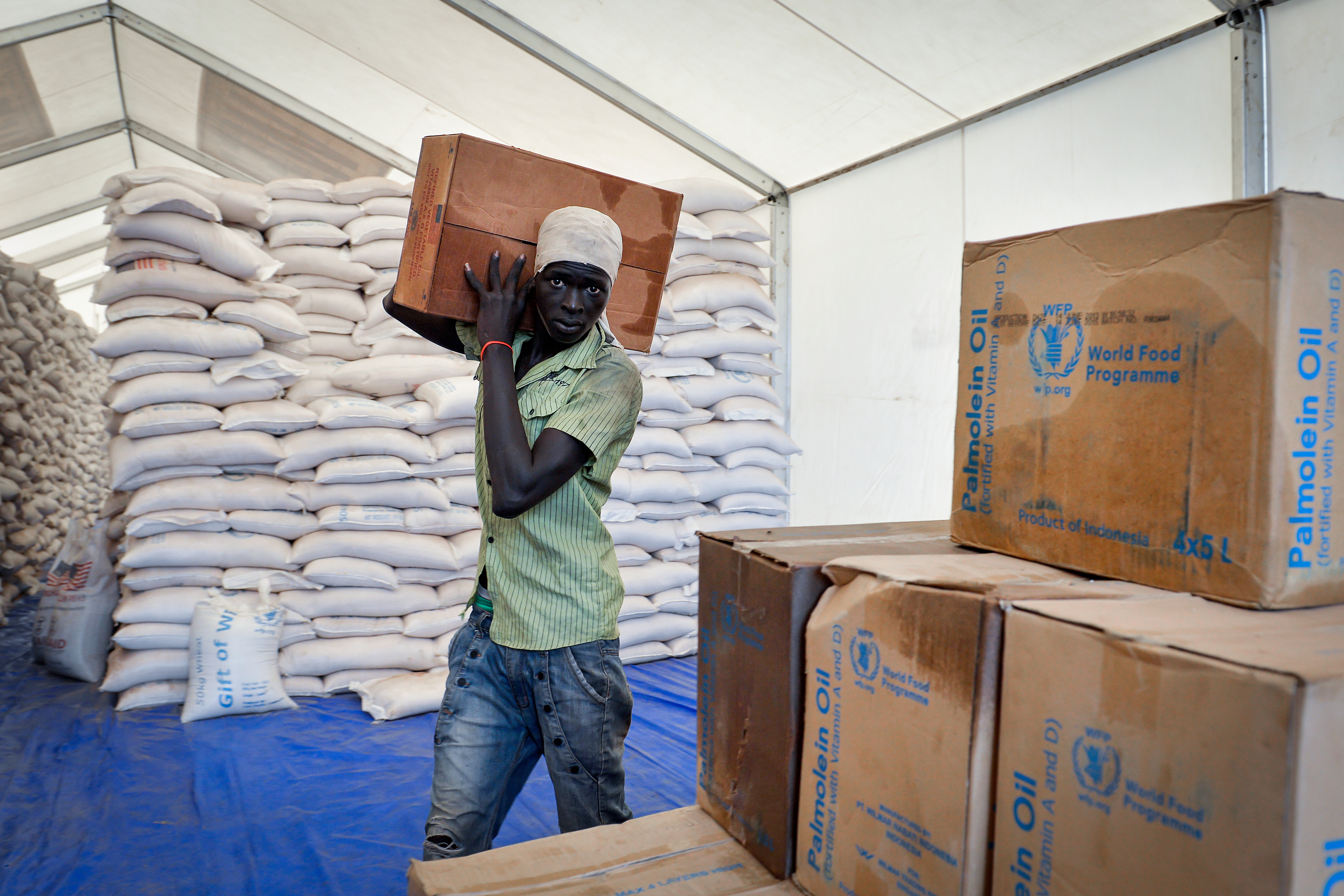
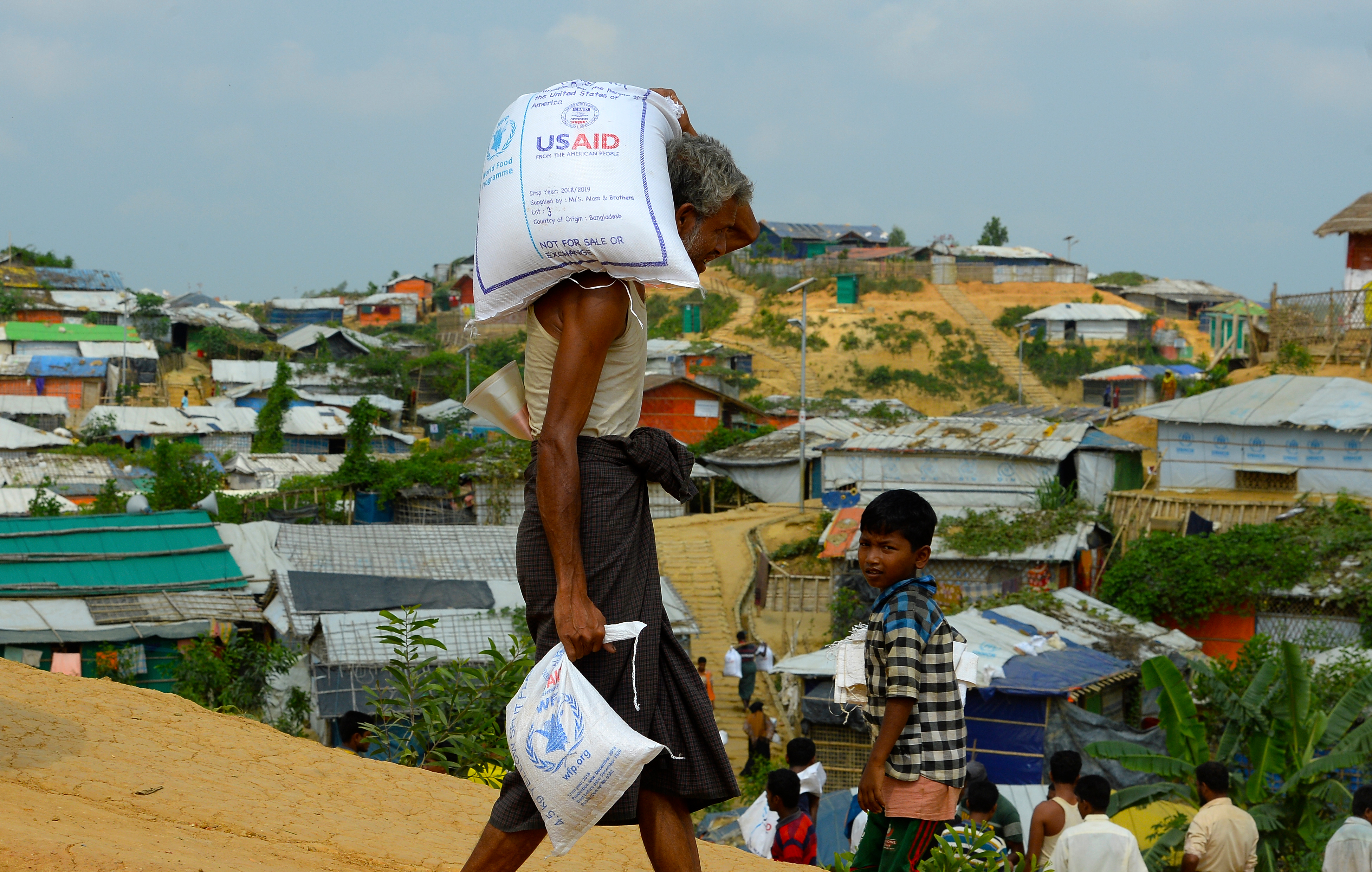
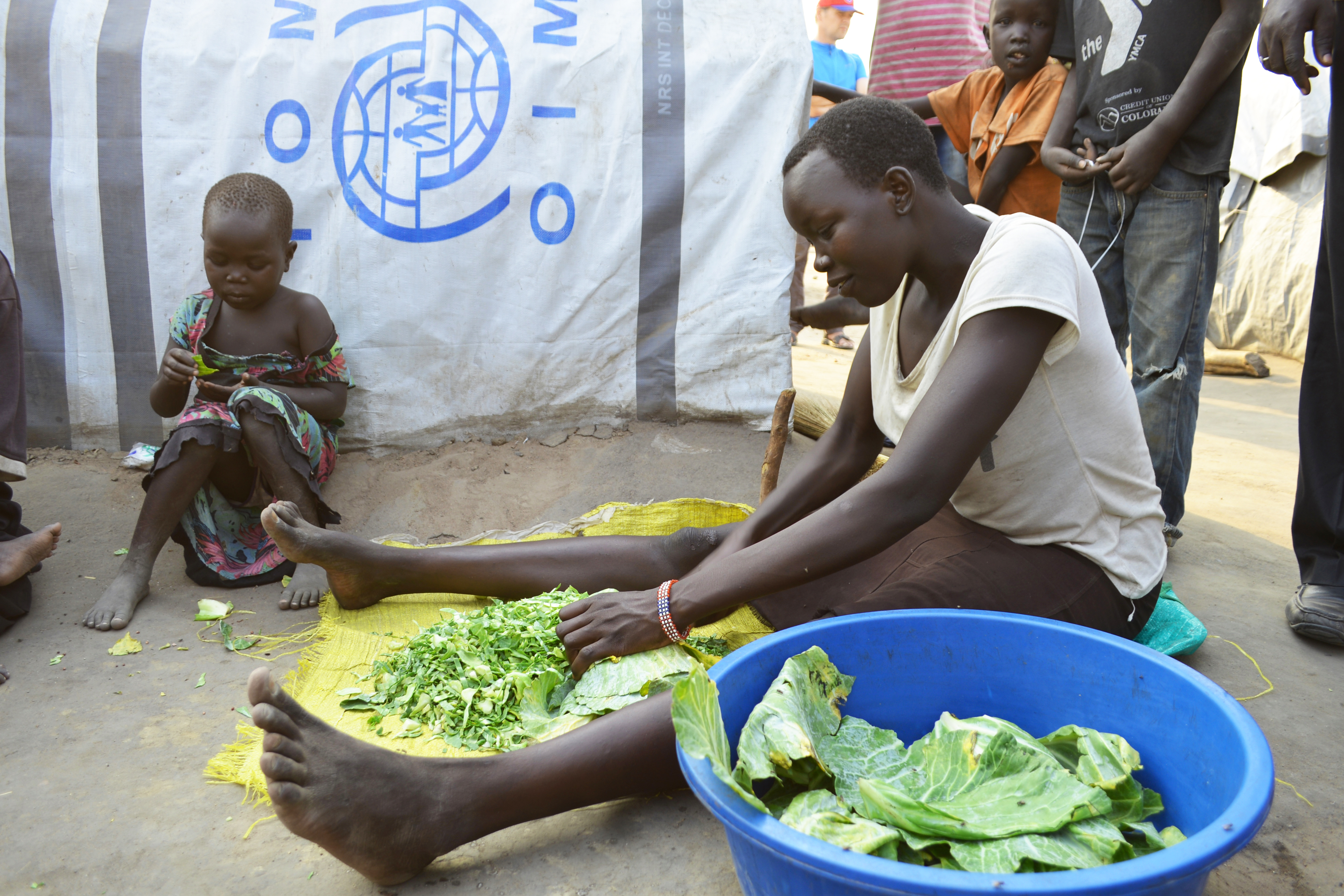
International aid organizations—traditionally on the frontlines of responding to acute food insecurity—are feeling the crush. Global food prices reached an all-time high in February, then jumped 12 percent in March as Russia invaded Ukraine. According to the World Food Program, or WFP, the combined costs of food and fuel procured for operations are now 44 percent higher than the 2019 average, amounting to a cost increase of $71 million per month. Note that this burden reflects both the way this armed conflict affects market risk perceptions, and also that Ukraine was the single largest single largest supplier of wheat to the WFP.
Conflict is both a driver and complication in these food emergencies. High food prices don't just lead to increased hunger; they can be bad for political stability. The war in Ukraine is illustrating today how conflict can drive food insecurity by reducing the amount of food available, by making it difficult for those in active conflict zones and those fleeing conflict to get enough food. But the opposite is also true. Food insecurity—not having enough food to live an active, healthy life—can exacerbate conflict by increasing tensions among groups that are competing to control the resources needed for food production. We saw this in 2008 when rapid increases in global prices for major grains helped drive civil unrest in more than 40 countries.
The WFP has already had to cut rations in Yemen, where it anticipates that 1 million more people will require aid by the end of this year. In Afghanistan, food insecurity is affecting roughly half the population, with millions facing extreme hunger. In Ethiopia, where the Tigray War has led to massive displacement, hundreds of thousands of women and children are malnourished. Meanwhile, South Sudan is set to experience its worst hunger emergency in history as food supplies dry up in the lean period.
Ripples Across Global Systems
Beyond these direct effects on combatants, neighbors, and trade partners, Russia is the largest economy to be hit with such comprehensive sanctions since World War II, and the first in such an interdependent global economy. The war is compounding the stress on global natural resource systems that were already stressed by COVID-19 and a changing climate. This means a ripple effect across global supply chains that will affect all countries, regardless of their export partners. Food, energy, and minerals (including that key fertilizer ingredient, potash) are globally traded, meaning that the price of commodities like wheat and oil is driven by global supply and demand.
In other words, even though the United States has cut off all energy imports from Russia, 130 other countries around the world import Russian oil, making it the third-largest global supplier. Even if the contours of the markets shift, someone somewhere will be buying Russian oil. If not Russian oil, expect more competition for other suppliers. Natural gas is more complicated, because it's less fungible and depends on infrastructure that is either costly—think gasification terminals and specialized ships—or costly and proximate, like pipelines between producers and consumers that move a resource that is, after all, lighter than air.
While the greatest problem will be physical shortages of food, energy, and key minerals such as potash, price escalation can be devastating long before there is any supply shortfall. Higher prices affect all economies, although they are especially burdensome for lower-income countries that are highly dependent on food imports. The Food and Agriculture Organization has said that the conflict could increase food prices by as much as 20 percent. Because of the expected drop in Ukraine output, grain market prices are at their highest in 14 years. Higher grain and corn (maize) costs cause higher livestock prices, so meat and dairy costs are also likely to rise. In addition, 19 countries, including Russia and the aforementioned Egypt and Indonesia, have already announced bans on some food exports, which affects prices and sometimes supplies.
Another ripple emerges as countries reliant on Russia, Belarus, and Ukraine for wheat, natural gas, and fertilizer commodities look to alternative sources. For example, the top three potash producers account for about two-thirds of world production; that's Canada, Russia, and Belarus. If supplies from Russia and Belarus—or even just Russia—are disrupted, there is far more competition for Canadian potash, and there is pressure to increase production elsewhere. But new production is hardly a quick fix. Mining is a cash- and labor-intensive industry; a mine can take a decade or more to establish. Moreover, mining pollutes, often at the expense of local communities, and the alternatives to Russian production may be problematic. Brazil, for example, is a top importer of Russian potash; price and supply disruptions may expedite opening a large potash mine in Amazonas, over the objections of the Mura Indigenous peoples there.
Solutions and Silver Linings
Russia's war is exacting a terrible price on the people of Ukraine and Russia, with tremendous risks for global peace and prosperity. The best solution to the situation is for Russia to withdraw its troops, and while there's always hope for such a peaceful resolution, that does not presently seem likely. The global community should plan for a protracted conflict and take urgent measures to mitigate the three rings of impact. The consequences of failure will initially be measured in human suffering, but there is a danger of grave, global consequences as the economic ramifications spread and deepen. Such pervasive destabilization could lead to more conflict, both within vulnerable countries and globally.
The most immediate need is to shore up stability by increasing humanitarian supplies of food, fertilizer, and energy. This includes the “anticipatory action” of moving supplies and other aid to where it will be needed. Better early warning and data analysis have helped humanitarian organizations like the WFP more effectively mitigate crises. Yet this emergency response doesn't stop at supplying aid. Nations and international organizations are also helping countries with food shortfalls or high sensitivity to prices improve their own cultivation, whether through more efficient fertilizer use, better seeds, or improved irrigation. These improvements should be targeted at women, according to the International Maize and Wheat Center, to have the most profound effect.
The crisis response presents an opportunity to incorporate other key drivers straining the system, and build long-term resilience and adaptation measures into emergency relief. With energy, for example, there will likely be a need to diversify oil and natural gas supplies in the near term, but increased investment in alternative energy is ultimately the only way to blunt Russia's ability to weaponize energy while also slowing global climate change.
One of the main ways to counter the resource fragility of the current situation is to diversify and improve global supplies of wheat, minerals, and energy. Bringing more producers into these markets will defray the risk of relying on Russia and spur economic development in more places. Ordinarily, other producers—including the United States—have trouble competing with Russia, given its subsidies of national companies. Although the circumstances could not be more dire, the playing field may be a little more level now for a range of producers to spur new economic activity.
Urgency and opportunity lie in the ripple effects of Russia's war. Getting the response to the resource crisis wrong may result in a spreading conflict, but getting it right can leave vulnerable nations and the global system in a stronger position for the future.
Lauren Risi is the program director for the Woodrow Wilson Center's Environmental Change and Security Program (ESCP). The Honorable Sharon Burke is president of Ecospherics, and an adviser to the ESCP. The authors would like to thank Claire Doyle, ECSP program assistant, for her valuable research assistance in the preparation of this article.